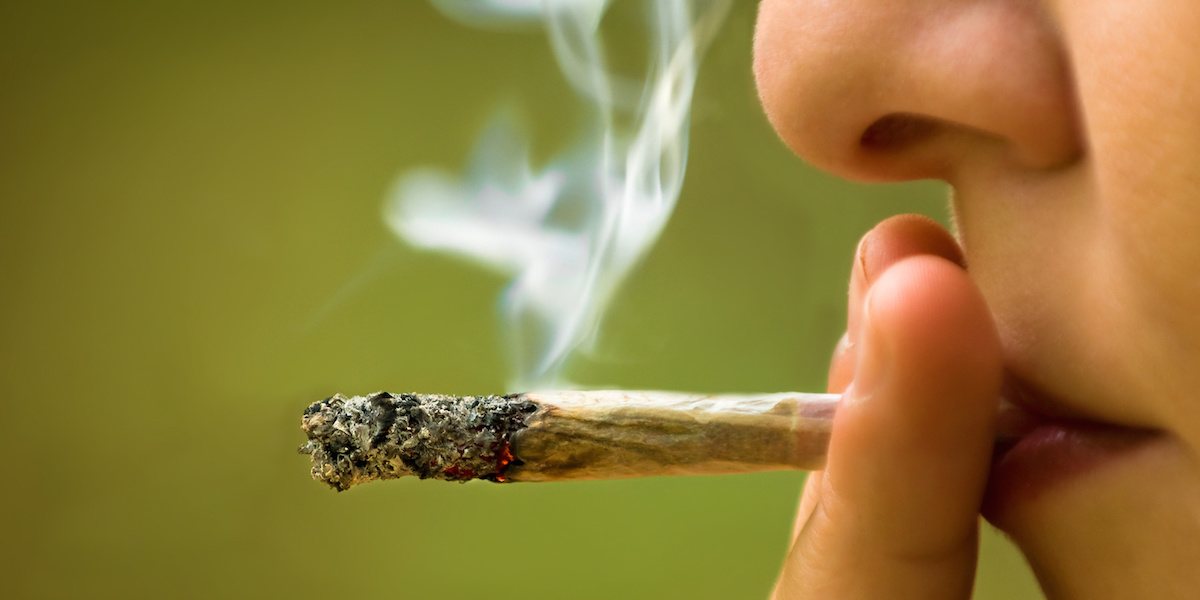
*The following is excerpted from an online article posted on HealthDay.
Today’s teens are a much tamer lot, a new U.S. government survey finds.
Fewer high school students are turning to sex or drugs, with the 2017 rates the lowest reported since the survey began in 1991, said researchers from the U.S. Centers for Disease Control and Prevention.
“The health of our youth reflects the nation’s well-being,” CDC Director Dr. Robert Redfield said in an agency news release. “In the past decade, there have been substantial improvements in the behaviors that put students most at risk for HIV and sexually transmitted diseases.”
Between 2007 and 2017, the percentage of high school students who said they had ever had sex fell from 48 percent to 39.5 percent, and the percentage who said they’d had four or more sexual partners decreased from 15 percent to just under 10 percent.
But the news is not all good. Many teens are still at risk for HIV and sexually transmitted diseases, are victims of violence, or feel sad and hopeless, the survey showed. And condom use declined from 62 percent to slightly less than 54 percent.
“Teenagers seem to be waiting longer to have sex and are having fewer partners, on average, but are not using condoms to prevent pregnancy or [STDs],” said Dr. Michael Grosso, chair of pediatrics at Northwell Health’s Huntington Hospital in Huntington, N.Y.
Redfield noted that there is still a long way to go with American teens.
“We can’t yet declare success when so many young people are getting HIV and STDs, and experiencing disturbingly high rates of substance use, violence and suicide,” Redfield said.
Still, the percentage of high school students who said they had ever used illicit drugs (cocaine, heroin, methamphetamines, inhalants, hallucinogens or ecstasy) fell from 23 percent in 2007 to 14 percent in 2017.
But in a sign that the opioid epidemic has a strong hold on U.S. children, a full 14 percent of teens said they had misused prescription opioid painkillers in 2017, the first year such data was collected.
While teens may be practicing less risky behaviors, their mental health is less promising, the survey showed.
The rate of high school students who felt sad or hopeless rose from 29 percent in 2007 to 32 percent in 2017, according to the findings published in the June 15 issue of the CDC’s Morbidity and Mortality Weekly Report.
Source: HealthDay
https://consumer.healthday.com/kids-health-information-23/adolescents-and-teen-health-news-719/sex-drugs-hold-less-allure-for-today-s-high-schoolers-734877.html

 The Hidden Mental Health Danger in Today’s High-THC Cannabis
The Hidden Mental Health Danger in Today’s High-THC Cannabis  Teen Suicide, Binge Drinking Decline, New National Data Show
Teen Suicide, Binge Drinking Decline, New National Data Show  Vaping May Be Reversing Decades of Progress Against Youth Smoking
Vaping May Be Reversing Decades of Progress Against Youth Smoking